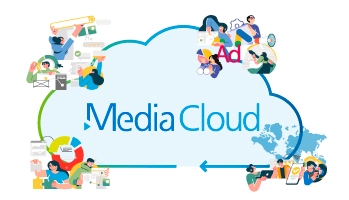Tablets and smartphones: a revolution for the newspaper world

Everything suggests that the world of print newspapers is currently at its particular crossroads. For many this is as clear as the fact that “electronic ink” will replace traditional newspapers. However, there are those who maintain that paper editions will never disappear. What is beyond doubt is that we are now close to verifying how this dilemma will be resolved, since the tablets and smartphones boom has already happened and it just remains to be seen what its consequences will be.
The new digital devices are presented as an alternative whose aim is to modernise and revolutionise the world of traditional print newspapers. To this end, different companies that have begun to manufacture them offer attractive and modern devices, through which readers can access their favourite information, without having to go to the newsagents’, by simply paying a subscription and receiving automatically the newspaper in their digital devices. It is also worth noting that these devices can hold a significant amount of information.
Given this new scenario, there is uncertainty about the business model that will be put into place for tablets and smartphones. With the appearance of these new devices, which create more competition, it remains to be seen the form that agreements between manufacturers and editors will take. In addition to providing the device, will manufacturers supply to editors the service to make their information available? How will the profits be shared by the two parties? What demands will the manufacturers make of editors? Many of these issues are beginning to take shape but it is still too early to reach a definitive conclusion, although it appears that, as usual, Apple will set the pace.
What is clear is that newspaper publishers, under pressure due to the crisis affecting the sector, have found a new business model that they are largely pinning their hopes on. Together with the payment for access to content on their webpages, they have embraced the idea of charging their readers a subscription fee in return for receiving each day’s issue on their mobile devices.
In addition, it is worth emphasising the new possibilities that these devices offer as regards advertising. Newspapers can now offer added value to advertisers compared to their printed counterparts, since both tablets and smartphones offer different and visually attractive possibilities that allow the reader to interact with the advertisements.
Media companies have started to exploit this new phenomenon, taking advantage of the novelty value and the user-friendly nature of the service for readers. Time will now tell whether the idea becomes the dominant force, co-exists on equal terms with print editions or, by contrast, ends up being just a trend with little future.




